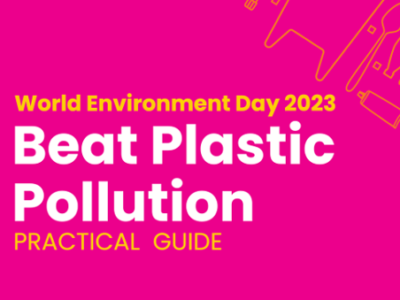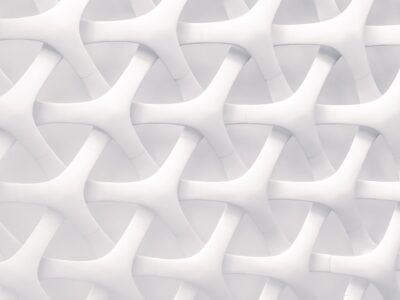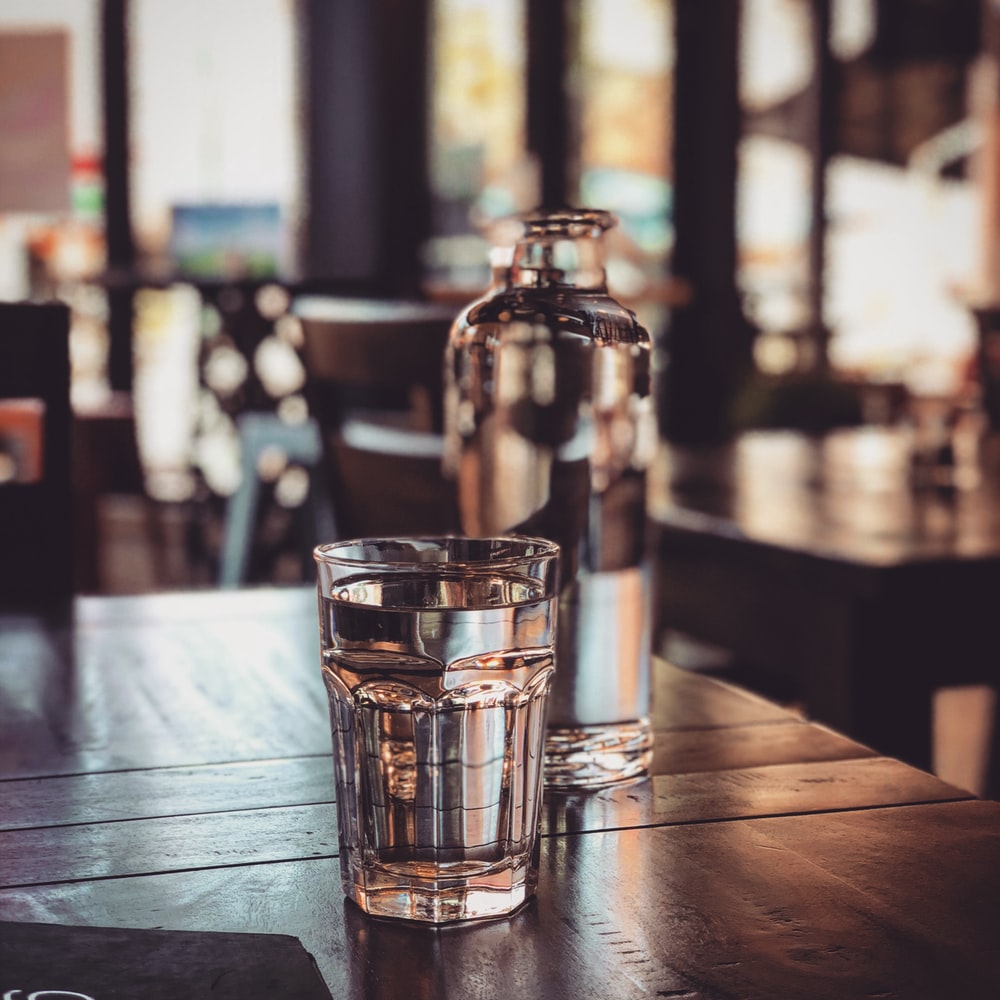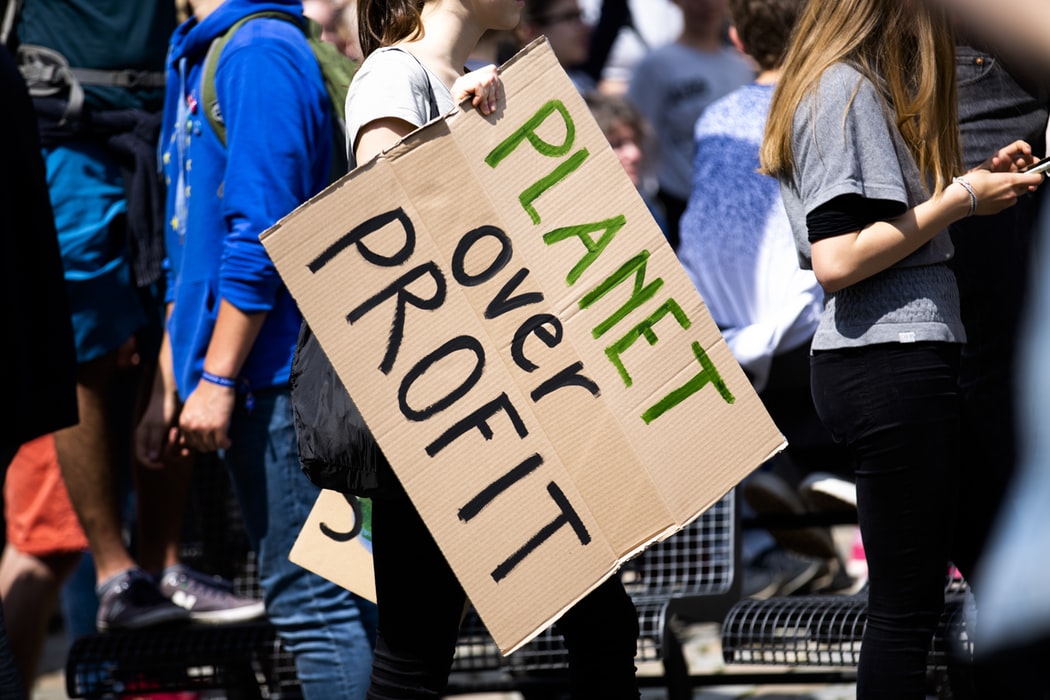Two years ago, the Bill and Melinda Gates Foundation launched a research competition called “Reinvent the Toilet,” challenging researchers to create a sewage disposal system that requires no electricity and could be used in developing countries. Marc Deshusses, a professor of civil and environmental engineering at Duke’s Pratt School of Engineering, pitched an idea to the Foundation and won $100,000 to take it further.
Fast forward two years and Marc’s team, which also includes researchers at the University of Missouri, has just earned an additional $1.18 million to work on a new kind of revolutionary toilet. Their idea is a self-contained waste recycling system that fits into a 20-foot shipping container. It works like this: people empty their latrines into a sewage receptacle (currently, latrines are often emptied into rivers), the waste gets funneled through a series of tubes and is pressurized at extreme temperatures, and the byproduct is clean, possibly drinkable water. Deshusses describes the process as “a pressure cooker on steroids.”
“When you heat water above 705 degrees Fahrenheit under pressure, it becomes a ‘supercritical fluid,’ thicker than steam but less dense than water,” said University of Missouri co-principal investigator William Jacoby in a statement released by Duke. “When we add oxygen to the process, it quickly ‘burns up’ any carbonaceous materials, including human waste,” he said.
The impact of a low-cost, low-energy sewage-recycling system could be huge. In developing countries, improper waste treatment often leads to fatal diseases. According to the World Health Organization, about 2 million people die annually of diarrheal diseases, most of them children under five years old. A clean sanitation system would likely save lives.
Deshusses and his team plan to test their shipping container system in North Carolina first, and then send it over to a city in South Africa, India or Ghana in 2014 to see how it works there. While the system might work perfectly mechanically, Deshusses is also quick to acknowledge the social challenges of their idea.
“We have to be aware that there are going to be cultural barriers,” he says. “We’re not yet saying that this will be drinking water. But even if you can recycle water for flushing, that would be very big progress.”
An engineering team is working on a business plans that could make the operation economically and culturally feasible for the cities where it is sent.
Read more about the project on Duke Researchers Design Toilet That Turns Waste Into Drinking Water






